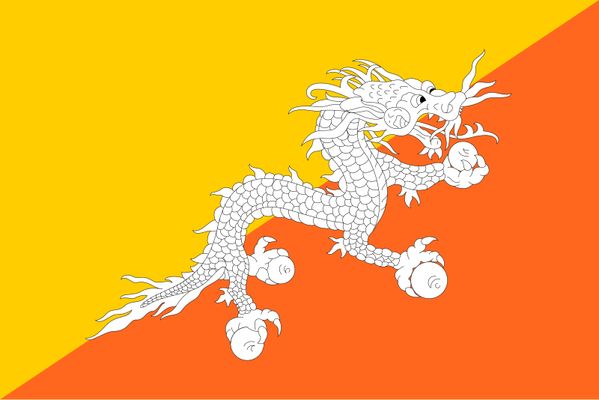Final Project Proposal
Aema Chhim's Sung [Story]
Have you ever seen a school that is a fortress, known locally as a Dzong? In Bhutan, where His Majesty continually emphasizes the importance of innovation and technology. That's why a school was built in Pangbisa, Paro, which does not undermine our values and principles, however it meets modern standard. That is where I am studying right now. I know, i know I am blessed and fortunate to be here and no words are not enough to express the depth of my gratitude.
My high school is on top of a mountain, so it's always cold and windy. This year, they introduced greenhouses and hydroponics, and I got really excited to get involved because I saw a chance to make things even better. Growing crops in our cold, mountainous region is tough, but what if we could create a greenhouse that adapts to the environment?
That’s when the idea of Aema Chhim was born. As my excitement grew for the new beginnings and experiences this year has to offer, I deeply thought about what i could do. One night, while having chillis as my dinner, I realized how chillis were important to us! Since spices are not just a flavor but a necessity for us, I envisioned a smart automated greenhouse that ensures optimal conditions for chili plants, even in harsh weather. Instead of a regular greenhouse structure, Mr. Rico suggested I design something creative—and I decided to create an animal carrying a greenhouse on its back, representing resilience and sustainability.
With this project, I’m integrating 2D and 3D design, digital fabrication, embedded systems, and automation. The goal is to create a self-sustaining system that regulates temperature, humidity, and irrigation—making it a practical solution for growing chilies in Pangbisa’s cold climate.
FAQ
- What does it do?
Aema Chhim's project is a prototype for a smart automated greenhouse designed to cultivate chilies (aema) in cold mountainous climates. It regulates temperature, humidity, and soil moisture using sensors and automation, ensuring optimal conditions for plant growth. - Who’s done what beforehand?
Mr. Ari Vuokila and Ms. Loise Kimwe completed similar projects in Fab Academy. Then there is Mr.Kencho Wangdi with a really similar project like mine. Finally there are my dear helpers and school mates Yangsthel and azhim Ngawang Pemo . However there were some non-Fab Academy projects that included work by Mr. Vincent Destraix and IoT greenhouse automation. - What did you design?
I designed the greenhouse structure(shaped like an animal), the electronic control system and PCB using CAD software. - What materials and components were used?
The project includes an ESP32 microcontroller, phototransistor, DHT22, capacitative soil moisture sensor, relay module, LED bulb, fan, water pump, and a power supply. - Where did they come from?
Components were sourced from local electronics stores and online suppliers. - How much did they cost?
- What processes were used?
3D printing, CNC, PCB milling, and soldering. - What questions were answered?
- Will the greenhouse maintain optimal conditions in cold climates?
- How can automation improve chili plant growth? - What worked? What didn’t?
- How was it evaluated?
- What are the implications?
